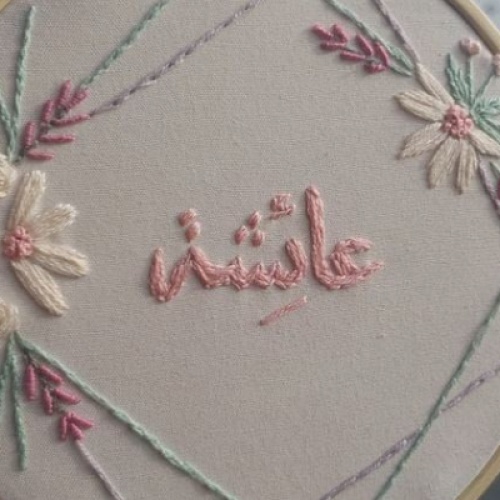Aisha's father, a respected merchant from the distant lands of Arabia, had established a successful trading post in the bustling Western Market. He had taught her the intricacies of trade, the beauty of calligraphy in both Arabic and Chinese, and the tenets of their faith. He had also instilled in her a quiet strength, a resilience that would be her most valuable asset in a world that didn't quite understand her.
Her struggle wasn't one of poverty or hardship in the traditional sense. Her family was prosperous. Aisha's struggle was the constant negotiation of her identity. At the local academy, where her father insisted she receive an education alongside the Han children, she excelled in her studies. Her sharp mind and quick wit impressed the scholars, but during festivals and rituals dedicated to local deities, she remained a silent observer, her heart filled with a quiet reverence for Allah.
One day, a new imperial decree was announced: the Emperor, seeking to solidify his rule and promote cultural unity, declared a grand artistic competition. The theme was "Harmony Under Heaven," and the prize was an audience with the Emperor himself and a prestigious commission. Aisha, encouraged by her father who saw it as an opportunity to showcase the beauty of their culture within the broader tapestry of the Tang, decided to participate.
Her chosen art form was tapestry weaving, a skill she had learned from her mother. She envisioned a piece that would depict a serene oasis scene, a testament to the harmony found in nature, interwoven with geometric patterns reminiscent of Islamic art. She spent weeks meticulously selecting the finest silk threads, dyeing them with natural pigments, and painstakingly weaving her vision onto the loom.
However, her participation drew suspicion. Some whispered that her art would be foreign and wouldn't truly represent "Harmony Under Heaven." A particularly influential courtier, Lord Gao, a staunch traditionalist, openly questioned her right to compete, his words laced with thinly veiled prejudice. He saw her as an outsider, her faith an anomaly in their harmonious society.
Aisha found an unexpected ally in Li Wei, a renowned painter known for his depictions of landscapes and court life. He admired Aisha's skill and the unique perspective she brought. He argued for her inclusion, emphasizing that true harmony embraced diversity, like different threads woven into a rich and beautiful fabric.
The competition progressed, and Aisha's tapestry began to take shape, its intricate details and vibrant colors captivating those who saw it. But Lord Gao, determined to undermine her, spread rumors that her dyes were impure and her techniques unorthodox. He even accused her of secretly incorporating foreign symbols that would disrupt the harmony of the empire.
Aisha was disheartened but not defeated. She decided to let her art speak for itself. On the day of the final judging, her tapestry was unveiled. The judges, initially wary due to the whispers, were mesmerized. The oasis scene was breathtaking in its tranquility, and the geometric patterns, far from being disruptive, added a layer of elegant complexity. Li Wei eloquently spoke of the universal themes of peace and nature represented in her work.
Lord Gao, however, presented a counter-argument, focusing on the absence of traditional Chinese motifs and the foreign origins of the artist. The debate was heated, and the Emperor himself, intrigued by the controversy, decided to examine the tapestry closely.
He observed the delicate craftsmanship, the harmonious blend of colors, and the subtle beauty of the geometric designs. He then asked Aisha to explain the symbolism in her work. With grace and eloquence, Aisha spoke of the shared human appreciation for nature, the universality of peace, and how different artistic traditions could enrich and complement each other. She explained that the geometric patterns, while rooted in her cultural heritage, represented the underlying order and balance found in the universe - a concept not entirely foreign to Chinese philosophy.
The Emperor, a man known for his wisdom and open-mindedness, was moved by her words and the beauty of her creation. He declared Aisha's tapestry a testament to a broader understanding of harmony, one that embraced different perspectives and artistic expressions. He awarded her the prestigious commission, much to the chagrin of Lord Gao.
Aisha's victory was more than just an artistic triumph. It was a small but significant step in bridging the cultural gap. It sparked conversations and encouraged a greater understanding of the diverse communities within Chang'an. While the whispers and stares didn't vanish entirely, they were now often accompanied by curiosity and respect.
Aisha continued to create art, her work becoming renowned for its unique blend of Eastern and Western aesthetics. She became a symbol of quiet resilience, a testament to the fact that true harmony wasn't about uniformity, but about the beautiful and intricate weaving together of different threads, each contributing its unique color and texture to the grand tapestry of the empire. Her struggle to be seen, to be understood, had ultimately enriched the very fabric of the Tang Dynasty she called home.





